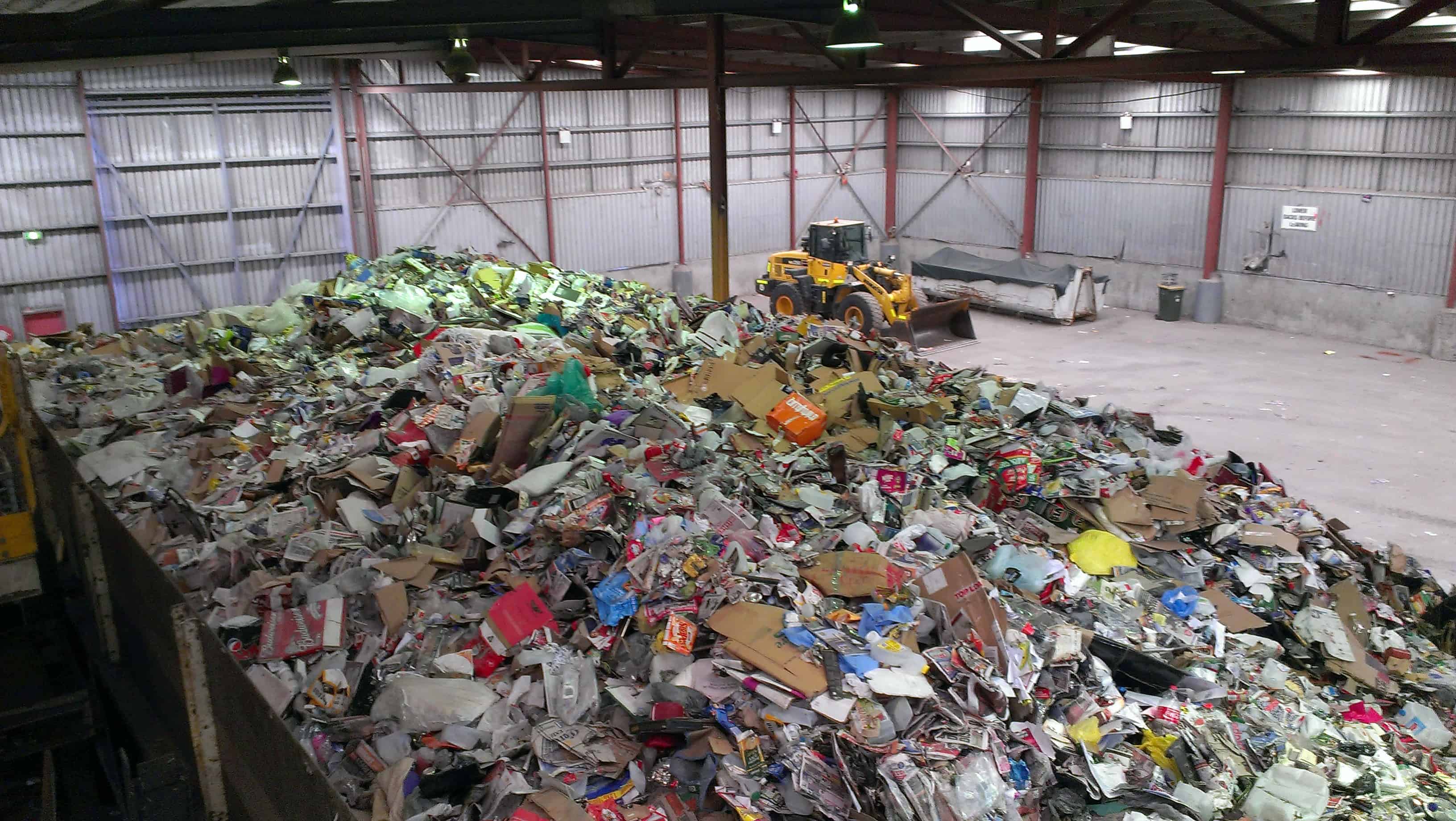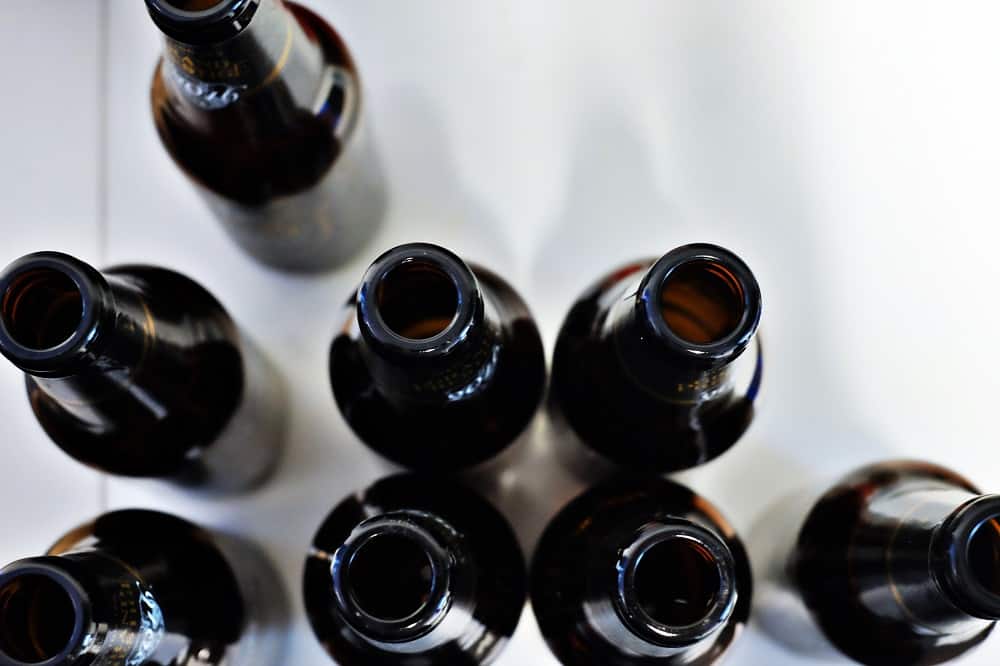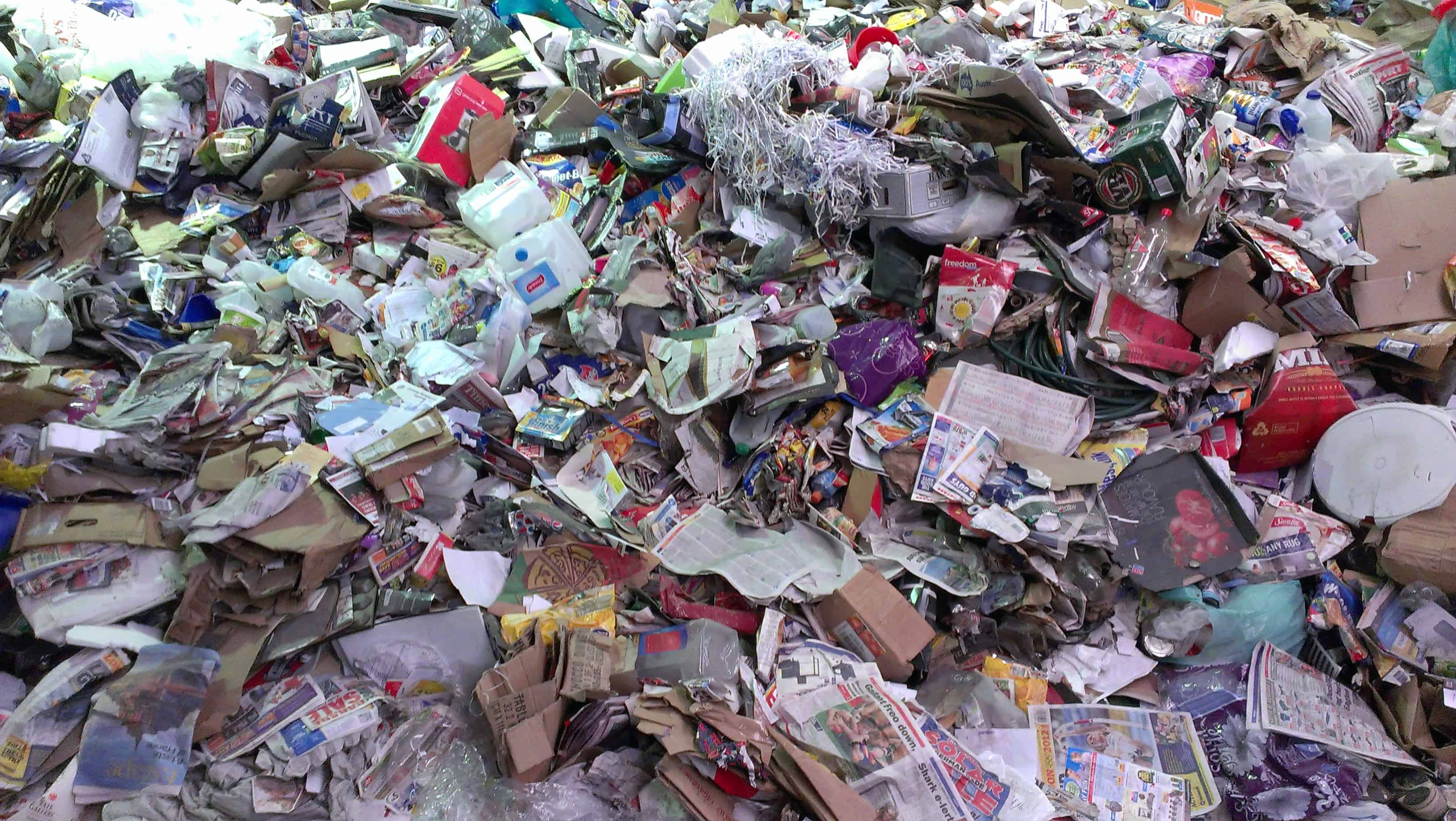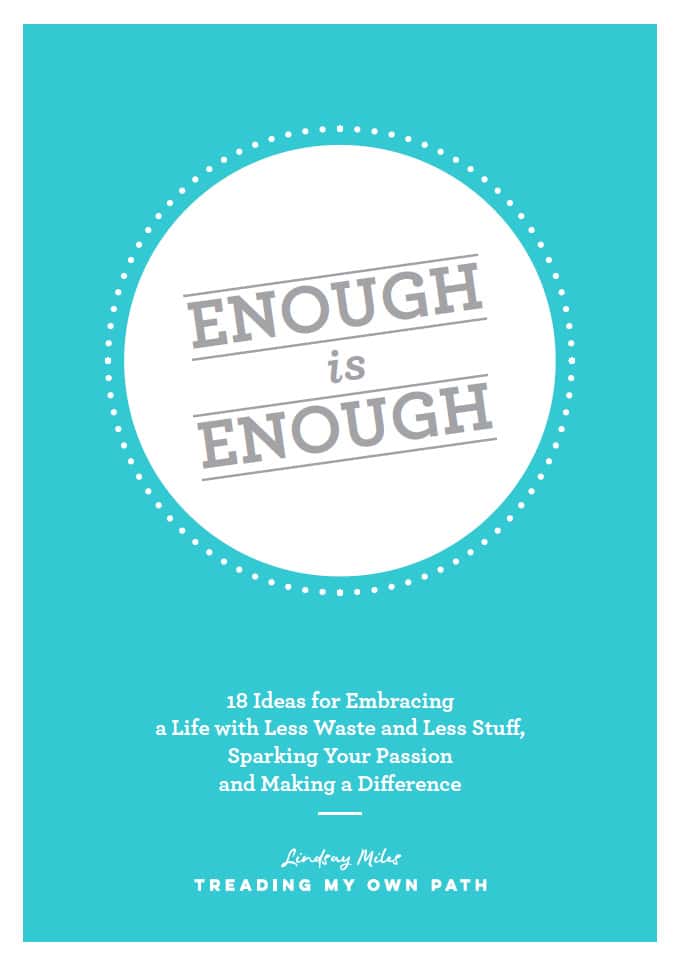A word (or two) on recycling
Recycling. Almost everybody has heard of recycling. (Just in case you’re one of the minority that hasn’t, it’s the process of taking old materials and turning them into new products.) The number of households that recycle is on the increase and local councils are becoming more supportive of the idea, with collection points and kerbside collections in urban areas. In 2009, 99% of Australian households recycled and/or reused, according to the Australian Bureau of Statistics (ABS).
(Reusing. That’s something different to recycling, although people often mix the terms up. If I finish a bottle of cordial, wash it up and then refill with water to keep in the fridge, then that is reusing. If instead I put the bottle in my kerbside recycling, and it gets collected by truck, driven to a recovery facility, sorted, cleaned, melted down and reshaped into a new bottle, then it has been recycled. The two are very different. Recycling uses energy to create a new product, whereas reusing does not.)
So… back to recycling. If 99% of Australian households recycle, then that’s great… isn’t it? Well, yes, but that’s not the whole story. Whilst 99% of these households recycle, the ABS estimated recycling rates for Australia to be around 50%. In WA, the state where I live, recycling rates are only 33%. The other 22 million tonnes of waste are sent to landfill. So 99% of households may be recycling, but they’re not recycling 100% of their waste.
The other thing about recycling, it’s not the big green magical solution we’ve all been led to believe. Don’t get me wrong, recycling is great and we should all recycle what we can. But the idea that it’s ‘enough’ is a myth. Here are just some of the shortfalls of recycling:
Recycling still uses energy – in transport, recovery and processing of the materials.
Just because something is recyclable, it doesn’t mean it will get recycled. Different councils have different rules to what they accept and if you put something in your recycling box that isn’t on their list, it’ll get sent straight to landfill.
Products are often downgraded. In theory a product can be melted down and made into the same product, but this is often difficult and can be expensive, and it is more likely that the product is made into an inferior product, a process called downcycling. This is especially true of plastic which can only be downcycled.
Contamination can be an issue. You may have sorted your recycling out diligently, but if your neighbours have thrown pottery, lightbulbs and old pillows in with theirs, chances are the whole load will end up going to landfill.
Overseas processing– labour costs are often cheaper overseas (and labour laws are often more lax) so containers of materials can be often shipped abroad for processing, which adds an environmental (and financial) cost to the process.
Recycling is ultimately a business; the products need a market and it needs to be profitable. For example, plastic is bulky (so expensive to transport) and there are many different types meaning it requires sorting (another expense), and the end product has a fairly low value, which partly explains why plastic recycling is far less common than paper, aluminium or glass.

This is just a fraction of the waste delivered to this site every day to be recycled. The vehicle at the back is completely dwarfed by the heap.
The shortfalls of recycling really hit home for me when I had the chance to visit a recycling facility last year. It looked (and smelled) like a rubbish tip. Less than 20% of all glass they received was recycled, the rest was sent to landfill due to lack of ‘business opportunities’. The glass they did recycle was used for road base. Any recycling that arrived in plastic bags was automatically sent to landfill – no time to open them, plus there may be potential hazards. Anything mixed with shredded paper went to landfill – it contaminated the other items and was difficult to remove.
It felt like recycling anything was far too much hassle for these guys, and that was their job! Bales of old newspapers sat in sea containers waiting to be shipped to Asia. Nothing about the experience felt particularly sustainable. Before I used to feel good about recycling. Not so much now!
The good news is recycling isn’t the only option. The traditional waste hierarchy has three principles: Reduce, Re-use, Recycle. Recycling comes last. Before we even get to this we need to consider the others. First reduce, and then re-use. I’ve made changes to the way I shop, the products I buy. I’ve taught myself how to make things from scratch to avoid packaging altogether. And of course I still recycle…but there’s so much less than there used to be.
[leadpages_leadbox leadbox_id=1429a0746639c5] [/leadpages_leadbox]






Nice little article there. I there a recycling that pay you cash for clothes in Australian? It stops a lot of clothing going to landfill.
I don’t think there is, at least not in WA. You can take clothes that are still in good condition to the charity shops for on-selling, and they do process some clothing into rags, usually cotton. But if the clothing made out of cheap polyester (which is basically plastic) it will end up in landfill – a good reason to look at what your clothing is made from when you buy it in the first place. I try to only buy natural materials that can be composted at the end of their life!
This post is exactly why I got into the house clearance business! The 3 Rs sometimes seem a little much for people to take on, but if ther’es a simple and convenient way to get rid of rubbish and junk, people will take it. WE as the company help people to ensure the stuff that’s been cleared out are recycled and reused as much as possible!
Awesome. You can earn more just by recycling stuff. I hope people read a lot of stuff about recycling so they can save and earn money and also to save mother earth.
Hello from Canada! My Aunt shared your website with me. I am so big on re-using and I love re-doing old things. Thank you for all your info! Great website! Great info!!! I am sharing it.